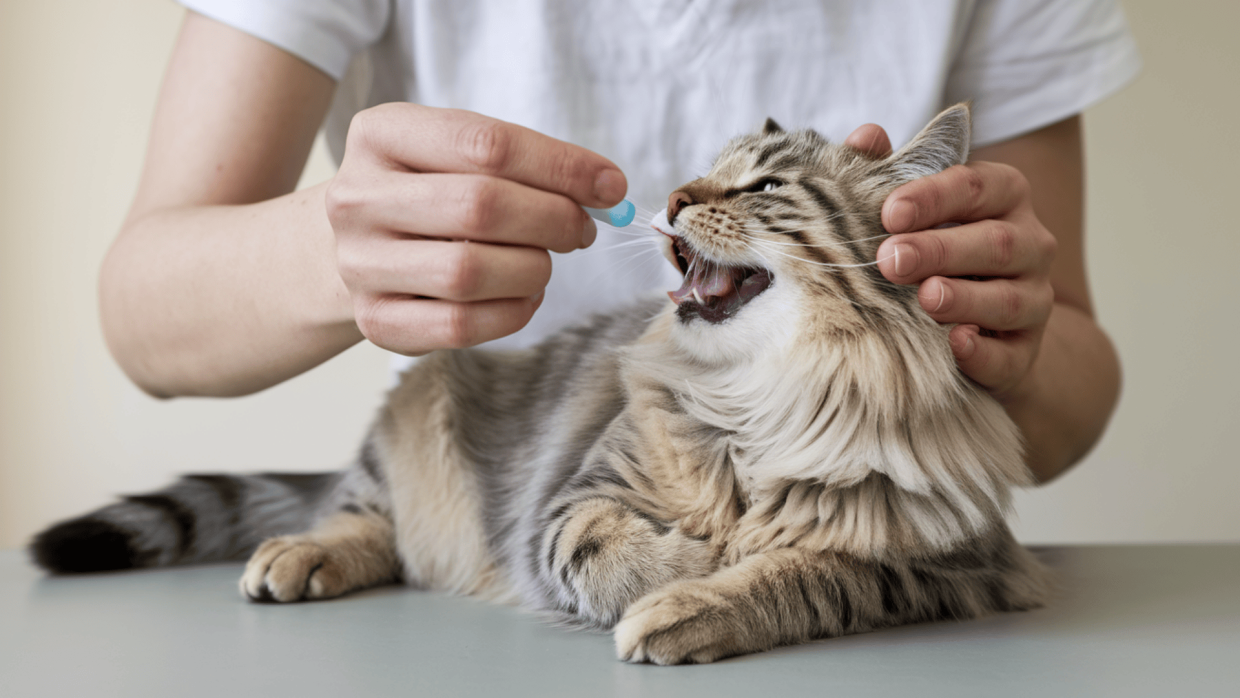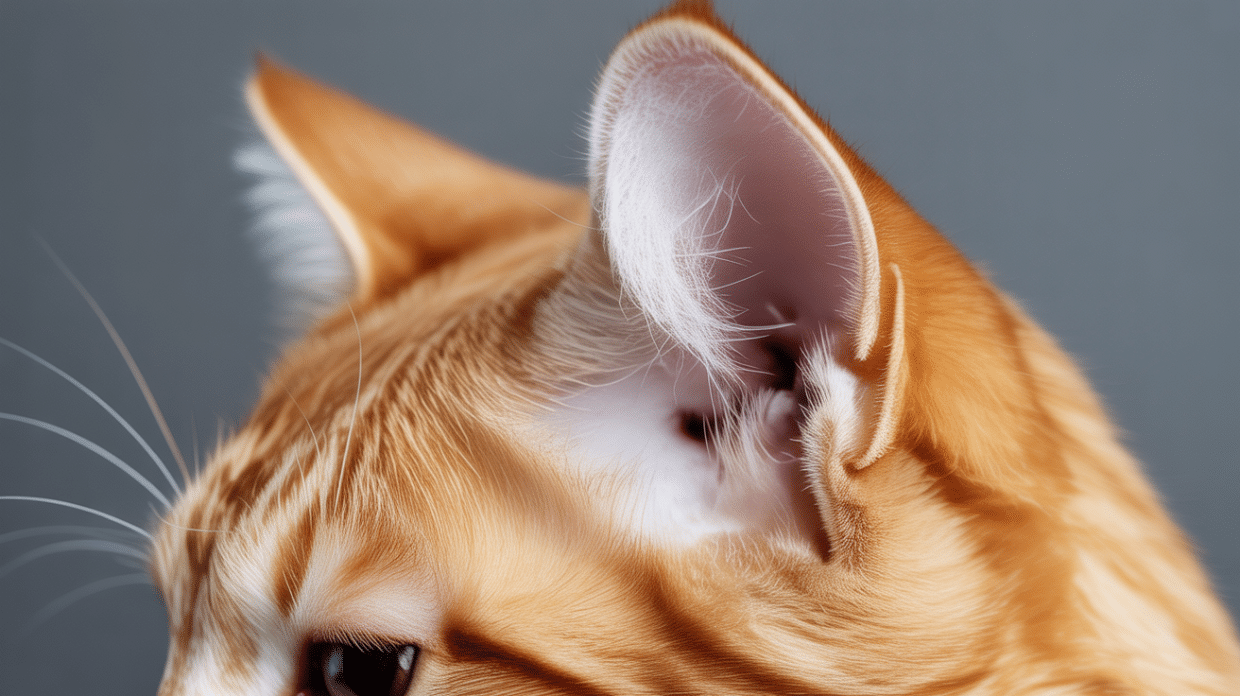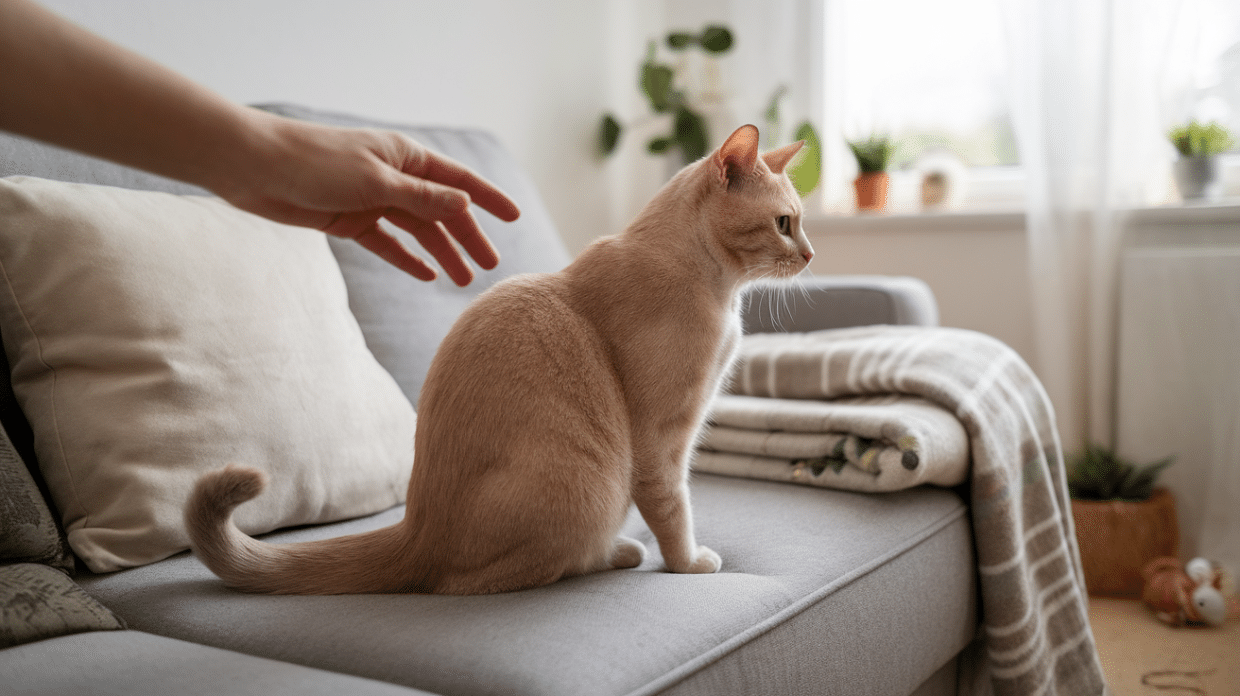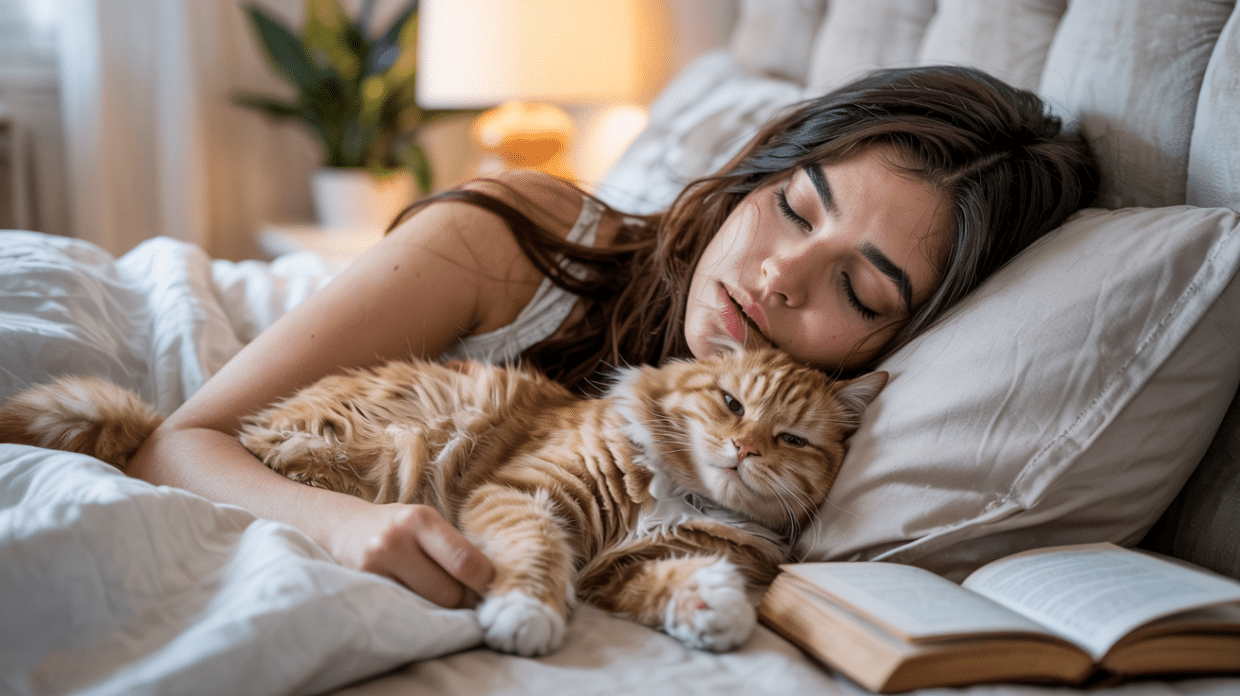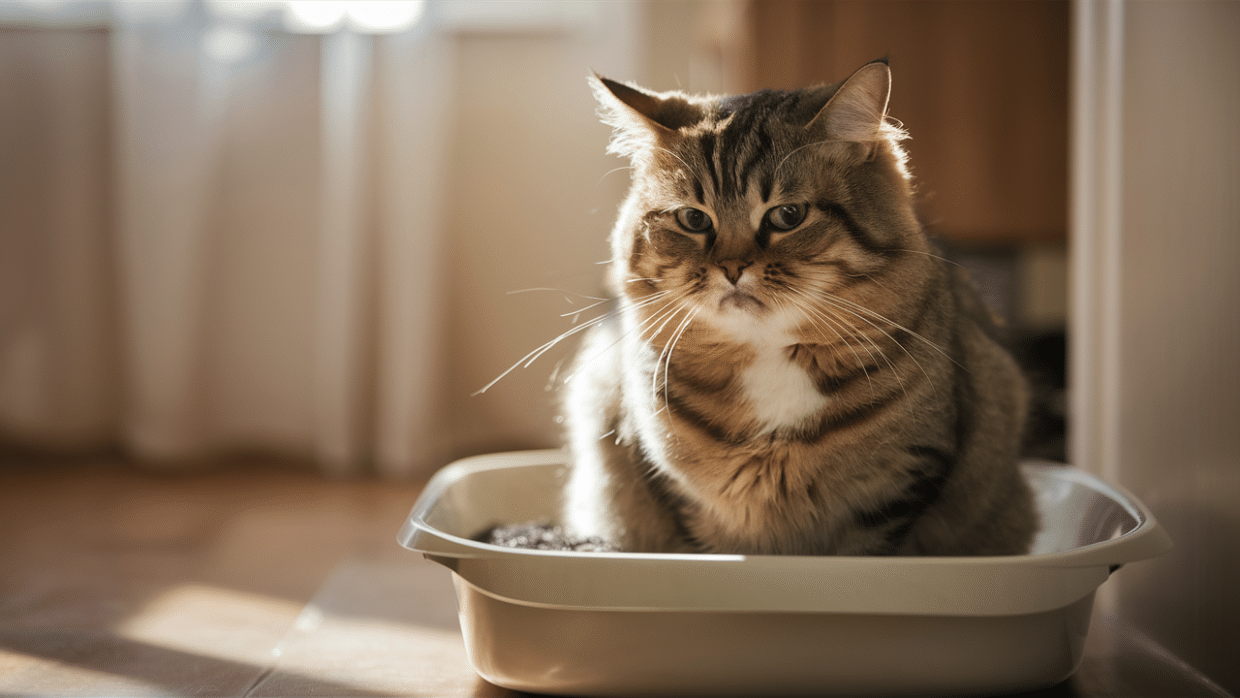Gabapentin is a medication often given to cats for pain relief, anxiety, and stress. Vets commonly prescribe it before vet visits, travel, or grooming to help keep cats calm.
It can also help manage chronic pain from arthritis or nerve conditions.
Many pet owners struggle to give their cats medication, but gabapentin is usually well-tolerated. It is available as a liquid, capsule, or tablet, making it easier to administer.
When given correctly, it helps reduce discomfort and stress without major side effects.
If your cat needs gabapentin, knowing the right method can make the process easier.
With simple steps and a calm approach, you can ensure your cat gets the relief it needs. For safe use, always follow your vet’s instructions.
Gabapentin for Cats at a Glance
- Common brand names: Gabapentin (Neurontin).
- What it treats: Pain, anxiety, stress, and seizures.
- Forms available: Capsules, compounded liquid, or tablets.
- Common side effects: Sedation, lethargy, and balance issues
What is Gabapentin Used for in Cats?
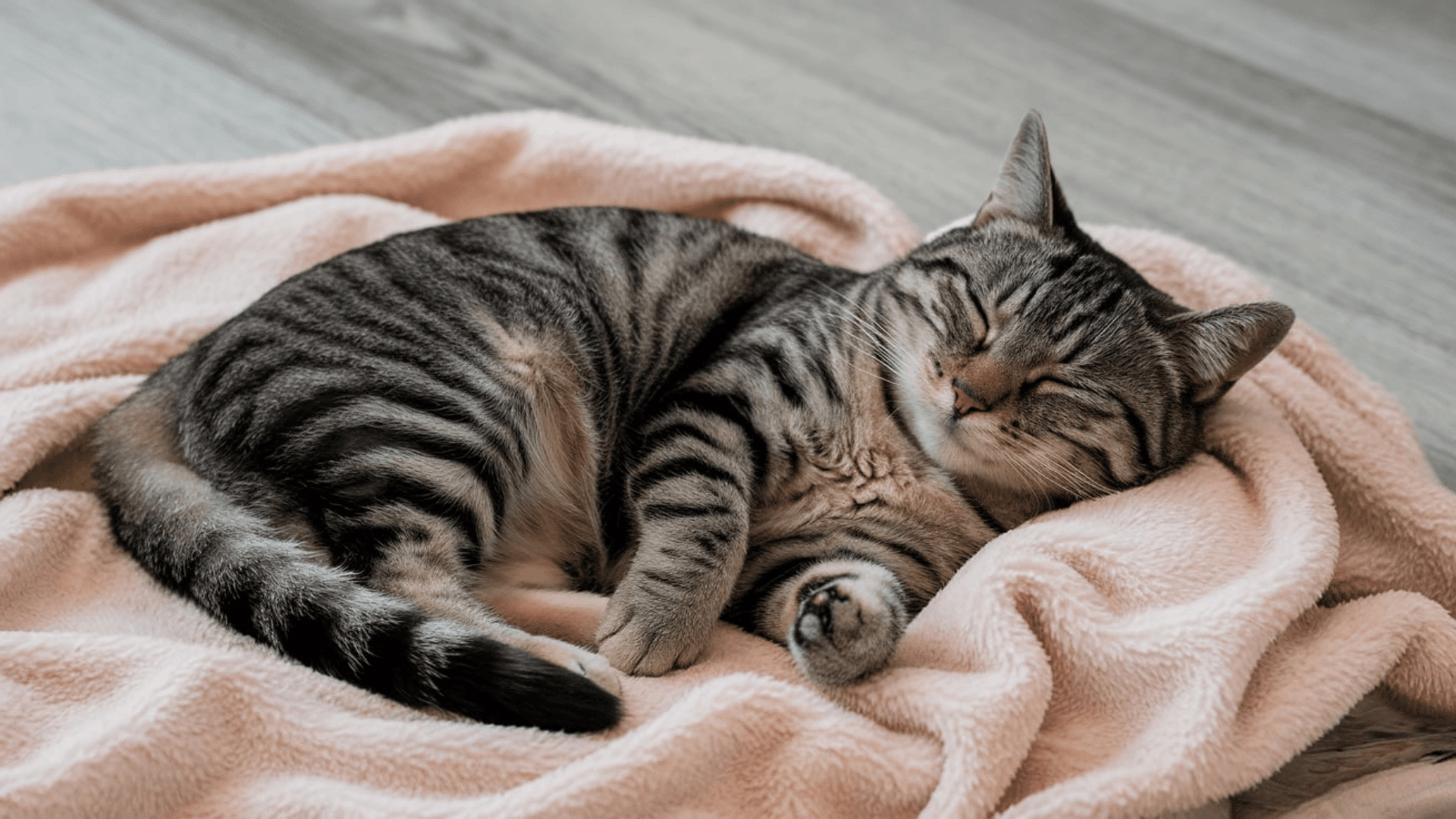
1. Pain Management
Gabapentin is often prescribed for chronic pain in cats, especially for conditions like arthritis or nerve pain.
It helps by calming nerve activity, making daily movements more comfortable. However, it is not very effective for sudden or acute pain, so vets usually recommend other medications.
2. Anxiety and Stress Reduction
Many cats experience stress during vet visits, travel, grooming, or loud events like fireworks and parties.
Gabapentin helps reduce anxiety by making cats feel more relaxed and sedated.
It should be given 2–3 hours before a stressful situation for best results.
3. Seizure Control (Less Common Use)
While gabapentin has some anti-seizure effects, it is not the first-choice medication for epilepsy in cats.
Vets may prescribe it as an additional treatment when other medications are not enough to control seizures.
How is Gabapentin Dosed and Given to Cats?
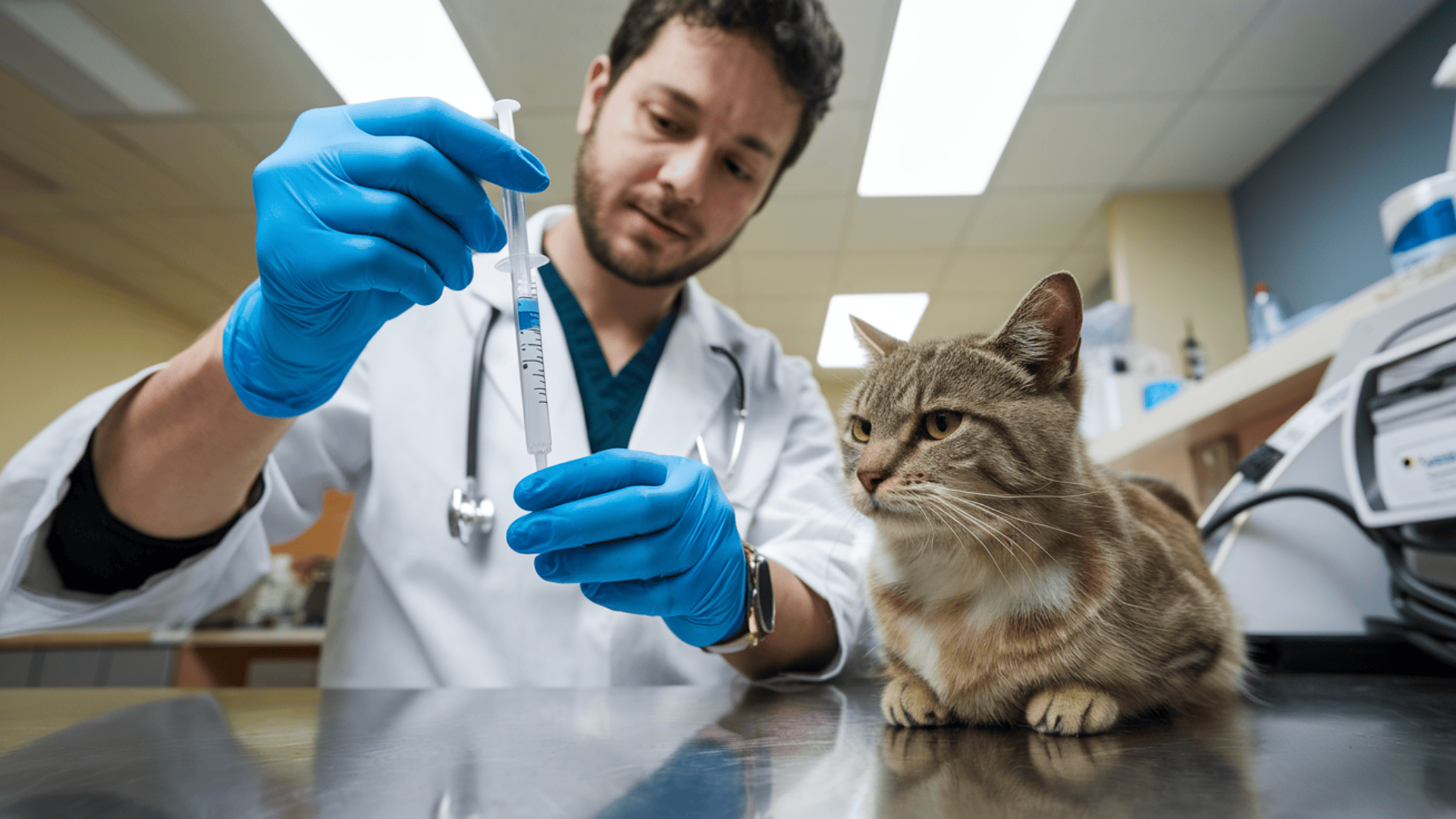
- The correct gabapentin dosage depends on your cat’s weight, medical condition, and the reason for use.
- Most cats receive 50 mg of morphine every 8–12 hours to help manage chronic pain, such as arthritis or nerve pain.
- For anxiety and stress, the dosage is usually between 50–200 mg, given 2–3 hours before a stressful event like a vet visit, travel, or grooming.
- Some vets may adjust the dosage based on how well your cat responds to the medication.
- Always follow your veterinarian’s recommendations, as too high a dose may cause excessive sedation.
Gabapentin typically begins working within 1–2 hours of administration. However, the effects can vary depending on the cat’s size, metabolism, and the reason for use.
In most cases, the medication provides relief from pain or anxiety for about 8–12 hours. If your cat seems overly sedated or the effects wear off too quickly, consult your vet about possible dosage adjustments.
Available Forms of Gabapentin for Cats
- Capsules: The most commonly prescribed form, usually 100 mg per capsule. Many cats need smaller doses, so the capsule may need to be opened and the powder mixed with food.
- Compounded liquid: A veterinary pharmacy specially makes this to provide the exact dosage needed. It is flavored for easier administration and does not contain xylitol, which can harm pets.
- Tablets: Less commonly used, as they are harder to dose correctly for smaller cats. Some vets may prescribe them if a suitable tablet size is available.
If you’re unsure which form is best for your cat, ask your vet about options that make administration easier.
How to Give a Cat Gabapentin
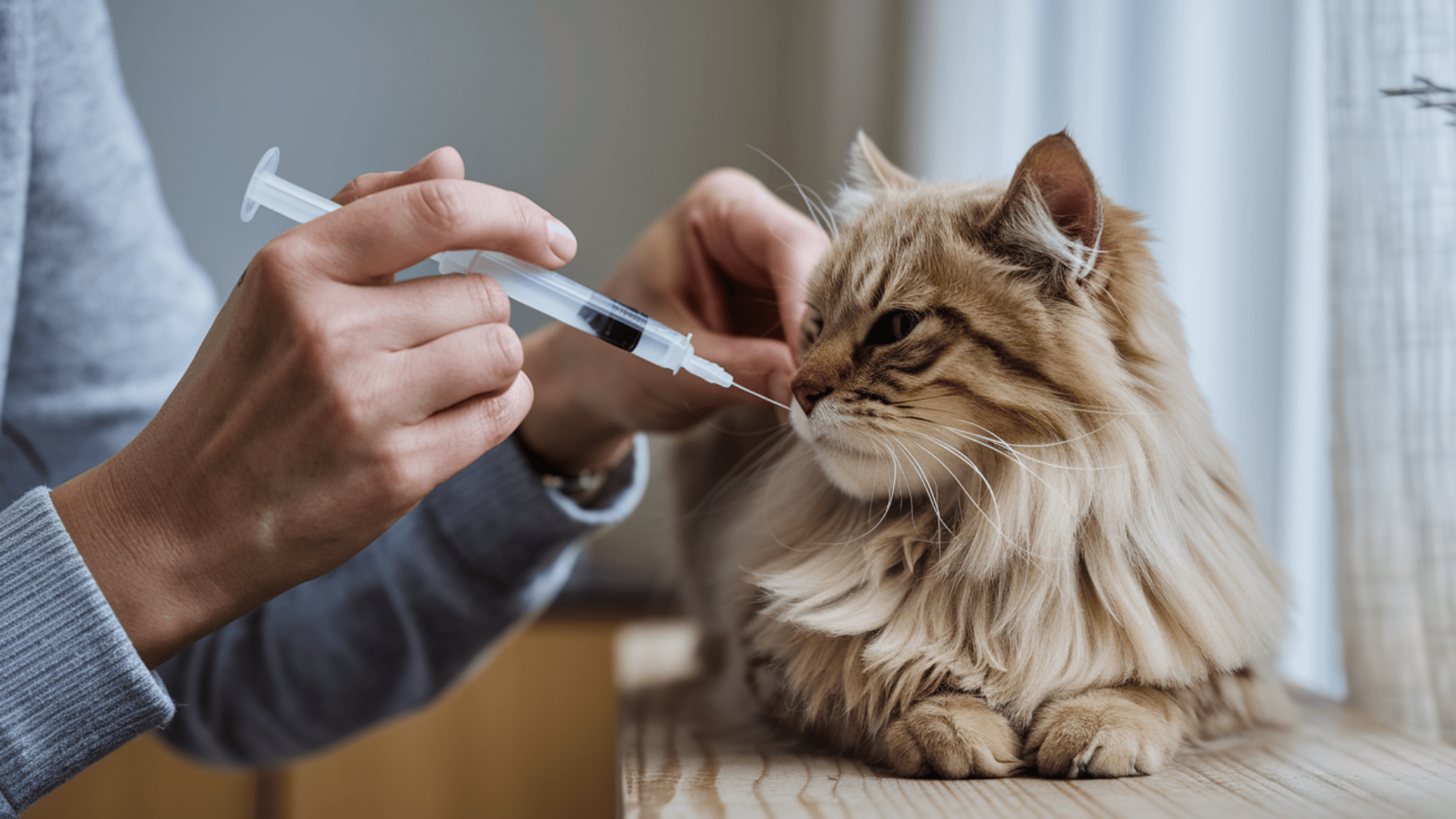
Administering Liquid Gabapentin
Place the liquid inside your cat’s cheek using a syringe, aiming for the side of the mouth to prevent choking.
Hold your cat gently but securely to keep them still without causing stress.
Offer a treat or praise immediately to create a positive experience and encourage future cooperation.
Administering Gabapentin Capsules or Pills
Hide the capsule in a pill pocket or soft treat to make swallowing easier for your cat.
If your vet allows, open the capsule and mix the powder with wet food to disguise the taste.
Use a pill dispenser if your cat refuses treats or food with medication. This tool helps you place the pill directly in the cat’s mouth.
Alternative Methods for Difficult Cats
Wrap your cat in a towel (burrito method) to gently restrain them and prevent scratching.
Ask your vet about flavored compounded versions that may be more appealing to your cat.
Mix with a small amount of broth or tuna juice to mask the taste and improve acceptance.
Common Side Effects of Gabapentin in Cats?
- Lethargy and sedation: Your cat may become drowsy or sleep more than usual.
- Unsteady walking or balance issues (ataxia): Some cats may appear wobbly or have trouble jumping after taking gabapentin.
- Excessive sedation: Higher doses may cause extreme drowsiness, making your cat unusually weak or unresponsive.
- Caution with kidney or liver disease: Cats with these conditions may process the medication more slowly, leading to prolonged effects.
- Not safe for pregnant or nursing cats: Gabapentin can pass to kittens through the placenta or milk, potentially causing harm.
When to Contact a Vet
- Extreme drowsiness or unresponsiveness: If your cat is too weak to move or doesn’t respond to normal stimuli.
- Vomiting, diarrhea, or refusal to eat: While rare, digestive issues can occur and may need medical attention.
- Difficulty breathing or signs of an allergic reaction: If you notice wheezing, swelling, or labored breathing, contact your vet immediately.
Does Gabapentin Interact with Other Medications?
Gabapentin can interact with certain medications, so it’s important to inform your vet about any other treatments your cat is taking.
- Antacids: Medications containing aluminum, magnesium, or calcium may reduce how well gabapentin is absorbed. If needed, give gabapentin at least two hours apart from antacids.
- Opioid pain relievers: Drugs like buprenorphine and tramadol can increase sedation when combined with gabapentin. Your vet may adjust the dosage to prevent excessive drowsiness.
- Sedatives and anxiety medications: Medications such as mirtazapine and CBD can have stronger effects when used with gabapentin, leading to increased sedation.
Always check with your vet before adding or changing any medications to ensure your cat’s safety.
If your cat misses a dose of gabapentin and the next scheduled dose is close, it’s best to skip it and continue with the regular schedule.
Giving two doses too close together can lead to excessive sedation, making your cat overly drowsy or unsteady.
Can You Suddenly Stop Giving Your Cat Gabapentin?
No, you should not stop giving gabapentin suddenly, especially if your cat has been on it for an extended period.
Stopping the medication too quickly can cause withdrawal effects, including seizures, anxiety, restlessness, or increased pain sensitivity.
This happens because the body has adjusted to the medication, and a sudden absence can disrupt nerve activity.
To prevent these issues, always taper the dosage gradually under your vet’s supervision. Your vet will determine the safest way to reduce the dose, usually by decreasing it over several days or weeks.
Contact your vet immediately for guidance if you notice any unusual symptoms while lowering the dose.
Conclusion
Gabapentin is a safe and effective medication for managing pain, anxiety, and stress in cats.
The right dosage helps keep your cat comfortable and relaxed, making difficult situations like vet visits or travel easier.
Proper administration is key to ensuring your cat takes the medication without stress, whether using treats, food, or liquid form.
Always consult your vet before starting or adjusting gabapentin to ensure it is the right medication for your cat’s needs.
If you found this guide helpful, check out our other blogs for more pet health tips, medication guides, and stress-free care solutions for your furry friend.

